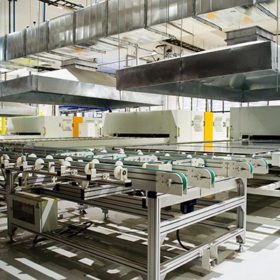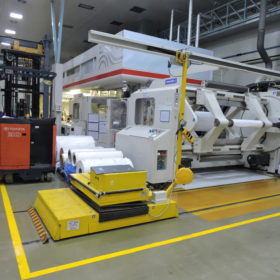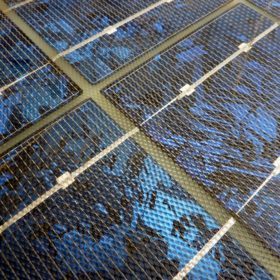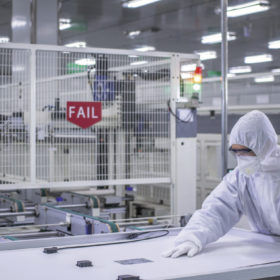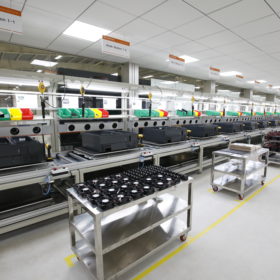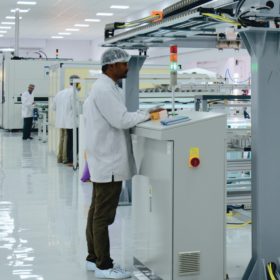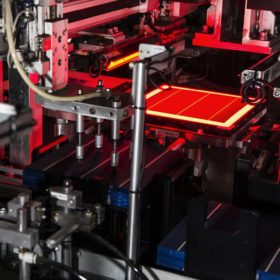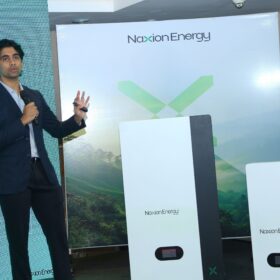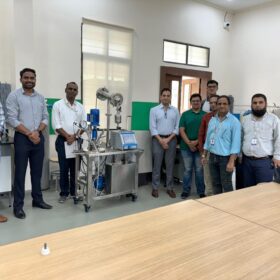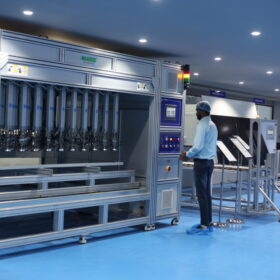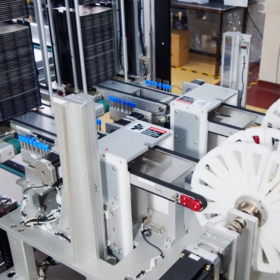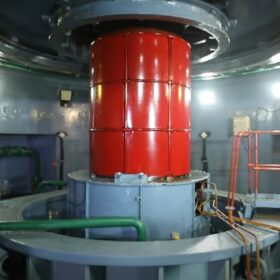India could have 20 GW more solar manufacturing
Power Minister RK Singh has revealed interest from manufacturers in developing more production lines even before incentive schemes being drawn up by the government are taken into account.
Renewsys announces giga-scale expansion of solar encapsulant and backsheet manufacturing
The solar manufacturer will expand its annual encapsulant manufacturing capacity by 1.35 GW and backsheet production by 1 GW.
Indian solar tenders to incentivize advanced local manufacturing
Policymakers could amend solar auctions to encourage manufacturing as the nation chases an aggressive solar target of 300 GW by 2030.
CEL tenders for 1.5m multi-crystalline solar cells
Only Indian manufacturers and their authorized vendors can bid and the devices must have five busbars and a conversion efficiency of at least 19.6%. Bidding closes on October 16.
The long read: The visible hand heralds a new dawn
The “invisible hand” is a widely understood metaphor for free-market economics. In China’s economy a “visible hand” is more evident, as government interventions are relatively commonplace. And in PV the visible hand is moving again, raising efficiency baselines and potentially changing the solar production game.
Solar development amid changing landscape
Ranjit Gupta, CEO, Azure Power, speaks to pv magazine about solar development in India against the backdrop of Covid pandemic and government’s push for self-reliant India, and the progress of their manufacturing-linked project.
India aims to become a hub for cutting-edge solar manufacturing
With a huge market and relevant manufacturing advantages, the country aspires to become a giga-scale manufacturing destination for the breakthrough PV technologies across the value chain.
IRENA presents $2tn plan to drive 5.5m renewables jobs by 2023
Doubling down on renewable energy investment and energy transition spending is required to ensure a truly green global recovery from the Covid-19 crisis and its economic aftershock, claims the International Renewable Energy Agency.
Central Electronics tenders for solar cells and modules
State-owned engineer Central Electronics Limited has opened tenders to supply 300,000 multi-crystalline cells, with a minimum rating of 4.57 Wp, and 15 MWp of 72-cell, 315 Wp modules.
Solar modules sought for NTPC’s Solapur project in Maharashtra
Domestic manufacturers have until October 27 to bid for the supply of crystalline solar modules aggregating to a nominal DC capacity of 33.6 MWp.
